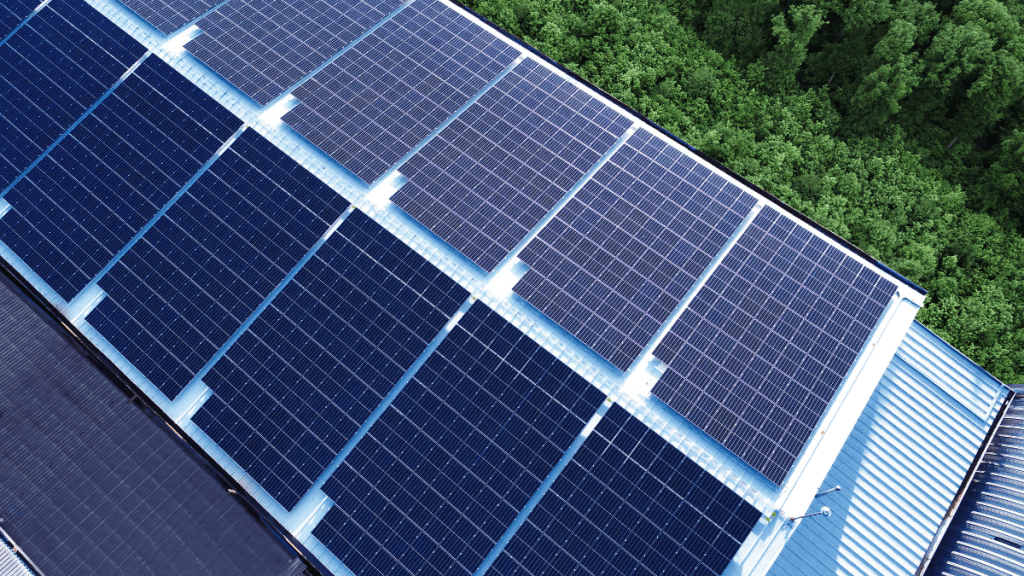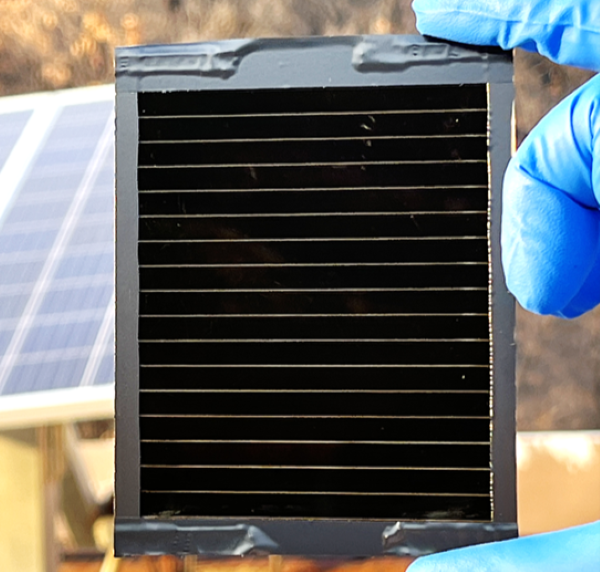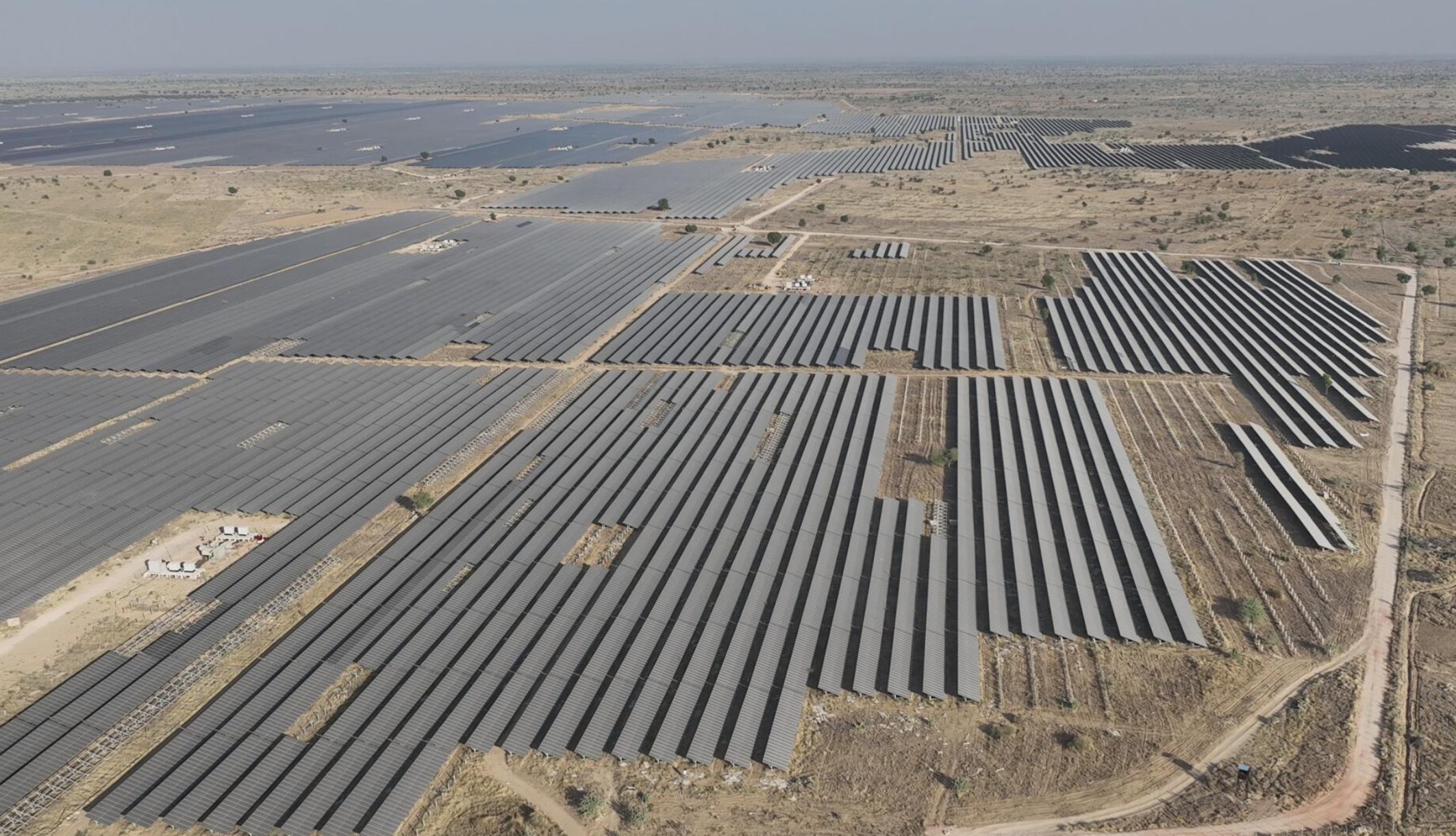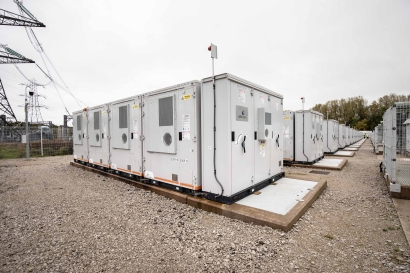New vertical agrivoltaic system from Australia
Australian company Solspan has unveiled a 6.4 kW vertical solar wall system for applications in agrivoltaic projects. It measures 4 m x 4 m and can be interconnected with other units to create MW-sized systems.

Australian company Solspan has unveiled a 6.4 kW vertical solar wall system for applications in agrivoltaic projects. It measures 4 m x 4 m and can be interconnected with other units to create MW-sized systems.
Sydney-based company Solspan has unveiled a vertical solar system for agrivoltaic applications.
The Solspan system features individual vertical units that utilize the company’s patented Wirraway roll-formed steel panel that has already been commercialized. The units measure 4 m x 4 m and are able to be interconnected to create the desired length of wall. Both sides of the wall are fitted with solar panels with a generation capacity of 200 W per m2 of wall face.
Solspan co-founder and Director Brett Cooper said each individual vertically aligned unit provides 32 m2 of surface area, equating to 6.4 kW of generation capacity per unit.
“The concept that we’re working on is to put this into agriculturally productive land which otherwise might not be targeted for solar farms because you don’t want to take the land out of agricultural production,” he said. “With this approach, we believe that we can develop these highly efficient agrivoltaic projects that would leave most of the productivity in place and could actually be increased.”
Solspan has now deployed three of the vertical solar units on its 100-hectare research property near Carcoar, about 50 kilometres southwest of Bathurst in the central west region of New South Wales.
The walls have been installed 18 m apart and are braced at the bottom in a ground-mounted steel c-section with overhead cables providing structural rigidity while still allowing for farm machinery to safely travel under. The outside walls are tethered at 45° back to anchors.
“That’s the only place that’s where the infrastructure is going to interfere with farming machinery,” Solspan co-founder and Chief Executive Office Wade Blazley said.
A former broad-acre farmer, Blazley said the design of the Solspan vertical wall facilitates efficient land use, noting that adding rows of upright solar panels on farmland generates renewable power in the morning and evening while acting as a windbreak and providing shade for crops.
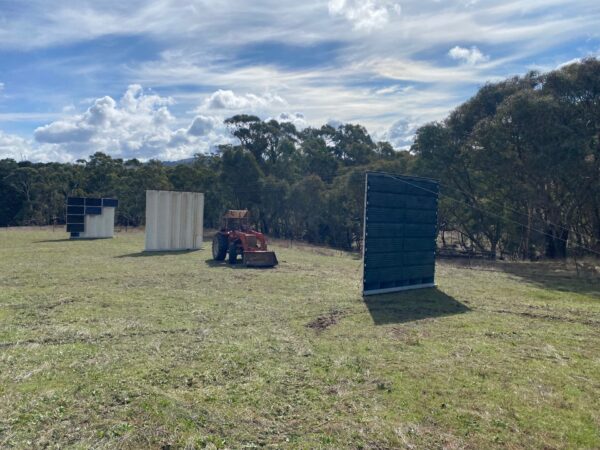
“We could have 10 walls that are 100 m long at 20-30 m apart running north-south, creating channels through the middle where all the agriculture activity takes place and the two end walls have the cables on the outside tied down to the ground and that’s it,” he said, adding that the Wirraway trapezoidal panel that forms the foundation of the system allows for the height of the units to be scaled up.
“We can go much higher if we need to,” he said. The Wirraway panel was tested many years ago and we know it’s way overengineered for what it’s doing in other applications. I’m guessing it could go up to seven, eight or nine metres high if required.”
Blazley said the end walls will bear about 80% of the wind load, while the lateral cables will take all of the horizontal forces and could also serve practical agricultural uses.
“That’s where you’ll run your electrical cabling rather than trying to put it in the ground, which would be problematic because your farm plant would disturb it,” he said. “Those headlines could also support netting to protect vineyards and orchards and could also be a fantastic mounting point for sprinklers for irrigation.”
Solspan is now aiming to establish a 1 MW demonstration project to help calculate the benefits of the vertical wall system.
“We think we probably need about two hectares of land to support it,” Cooper said. “Ideally, we’d like to demonstrate the project in a working wheat farm or research wheat farm, where we could have a couple of hectares that are growing wheat amongst our walls and some other hectares nearby which aren’t, and productivity could then be compared.”
In addition to agrivoltaics applications, Solspan suggested its vertical system can double as fences, shade structures, or windbreaks.
What's Your Reaction?


















